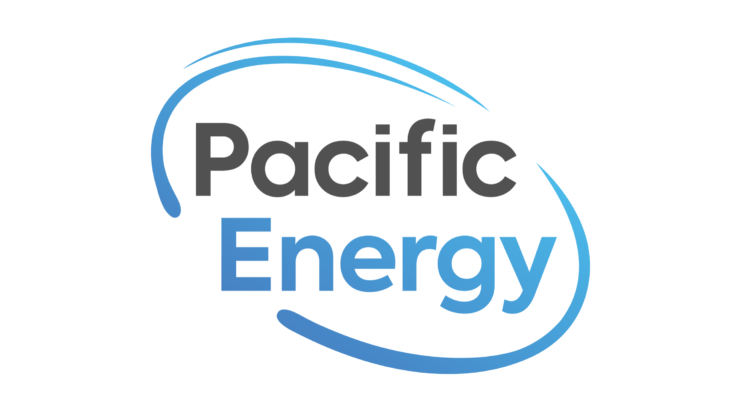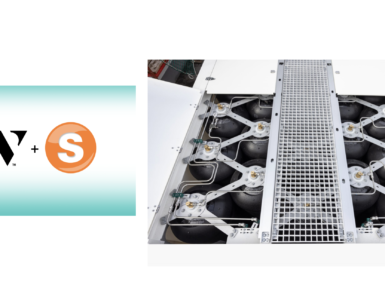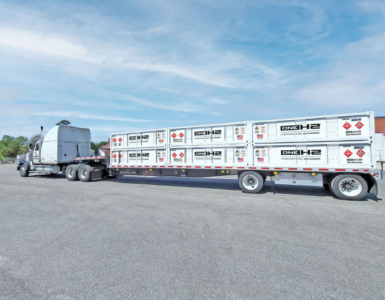Pacific Energy delivers Northern Territory’s first hydrogen stand-alone power system.
Pacific Energy has designed and delivered its first containerised hydrogen electrolyser and fuel cell system for Charles Darwin University’s (CDU) Renewable Energy Microgrid Hub for Applied Research and Training (REMHART), which will use the system to study the feasibility of hydrogen as a clean energy source for the Northern Territory’s grids.
The system, known as a hydrogen stand-alone power system (H2 SPS), is an adaptation of Pacific Energy’s award winning solar stand-alone power system, and comprises four Enapter electrolysers, a PowerCell 5kW fuel cell, battery and inverters.
Pacific Energy collaborated with CDU at their REMHART facility, which is dedicated to creating and testing new renewable energy technologies, to create a system that can convert power from the university’s specialised Renewable Energy Grid Testing Facility into renewable hydrogen.
🔥 What about we co-host a webinar? Let's educate, captivate, and convert the hydrogen economy!
Hydrogen Central is the global go-to online magazine for the hydrogen economy, we can help you host impactful webinars that become a global reference on your topic and are an evergreen source of leads. Click here to request more details
The system’s electrolysers use electricity to split water into hydrogen and oxygen gases through the electrolysis process. The hydrogen component is stored in pressurised containment vessels until it is required to produce power. When power is required, the fuel cell combines the hydrogen gas with oxygen from the air, producing electricity that can then be fed into the grid.
The system, which has already produced hydrogen and 5kW of electrical output during testing, has the capability to supply 8.6kW of three-phase power using its inverters and battery. Its modular design means it can be scaled with ease, using the same philosophies, concepts and safety system hardware used in CDU’s model.
Jamie Cullen, Pacific Energy’s Chief Executive Officer, said:
The company was pleased to deliver its first H2 SPS to REMHART, saying it would play a critical role in developing the energy industry’s understanding of hydrogen as a renewable energy source.
“At Pacific Energy, we are keenly focused on transitioning Australia, and the world, to a clean energy future. That’s why we’re excited to be a part of projects like this one, which will help us overcome some of the challenges we currently face when integrating hydrogen into the renewables mix,”
“We’re incredibly proud to deliver our first H2 SPS to Charles Darwin University, and we’re looking forward to seeing how it supports the university in its important hydrogen studies.”
CDU’s Pro Vice-Chancellor of the Faculty of Science and Technology and Director of the Energy Resources Institute, Professor Suresh Thennadil, said this equipment upgrade is key in enabling exploration into hydrogen.
Professor Thennadil, said:
The installation of a containerised hydrogen electrolyser and fuel cell system will enable us to better understand the challenges and intricacies associated with incorporating hydrogen as an additional energy source, as well as the durability of electrolysers and other components under local climatic conditions.
“This upgrade provides a unique and flexible platform to study renewable energy systems, particularly small regional and remote grids, which are common throughout the NT,”
Pacific Energy’s system was designed and manufactured at its manufacturing facility in Perth, which is
one of the world’s largest purpose-built SPS manufacturing facilities.
Technicians from Darwin and Perth installed and commissioned the H2 SPS, and Pacific Energy’s Darwin-based technicians will continue to support the operations and maintenance of the system going forwards.
READ the latest news shaping the hydrogen market at Hydrogen Central
Pacific Energy delivers Northern Territory’s first hydrogen stand-alone power system.








